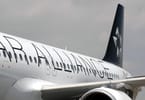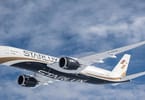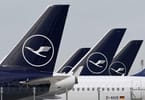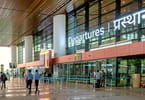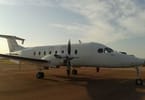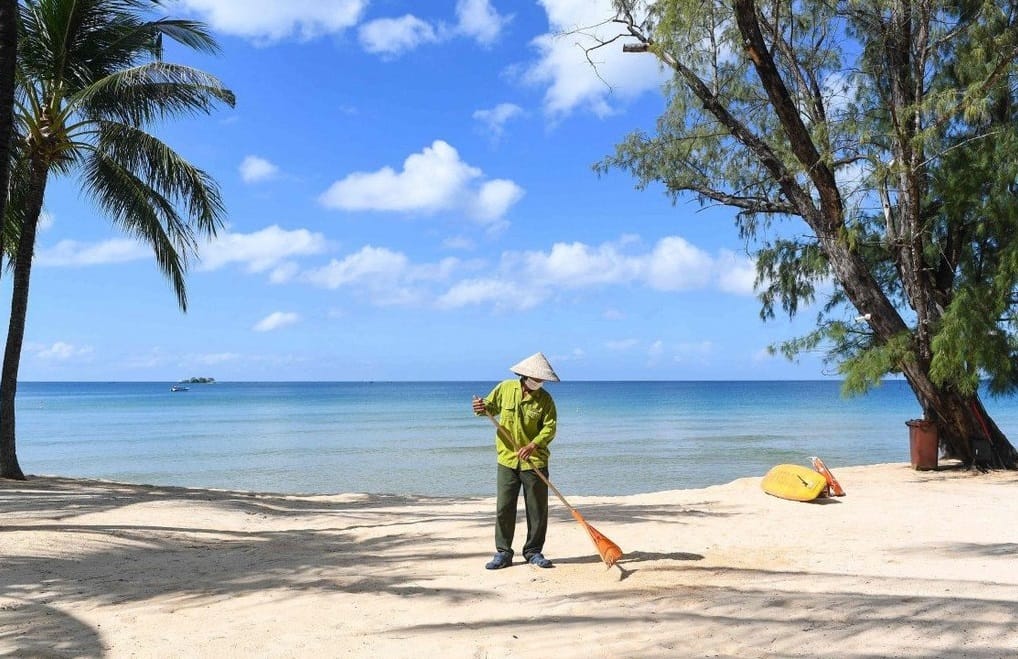Southeast Asia low cost carrier AirAsia next development stage is moving into a field that has largely been ignored by other airlines until today: secondary markets. With the recession dampening growth perspectives at its major hubs, AirAsia seizes the opportunity to conquest secondary cities markets. So far, only Cebu Pacific has moved into secondary markets in the Philippines with two new hubs in Cebu and Davao. However, both markets are still not served by AirAsia.
Looking at legacy carriers in the region, AirAsia is unlikely to face any serious competition in the near future. In Thailand, Thai Airways had mulled out the idea –under government’s pressure- of having two regional hubs (in Chiang Mai and Phuket). The airline has finally withdrawn from the two cities as it was unable to make a profit.
The same story happened with Malaysia Airlines (MAS), which cut the number of its international services from Kota Kinabalu and Kuching (Borneo) as well as from Penang following its restructuring in 2006. MAS has since then launched a low cost subsidiary, Firefly, which has a small hub in Penang. However, over the last 18 months, the airline has mostly opened new frequencies from Kuala Lumpur old airport in Subang.
Over the last three years, AirAsia has already developed comprehensive point-to-point networks out of Kuching, Kota Kinabalu and Johor Bahru in Malaysia. Its new target is to set up four more hubs, this time in Phuket (Thailand), Penang (Malaysia) as well as in Bandung and Medan (Indonesia). The arrival of 14 new Airbus A320s will mostly go to its Thai and Indonesia subsidiaries. Out of Phuket, Thai AirAsia targets destinations in China as well as Hong Kong. Already linked to Bangkok, Jakarta and Medan, Penang is gaining new routes to Macau and soon to Singapore.
In Indonesia, the removal of a fiscal tax for Indonesian residents fixed at one million Rupiah per trip (US$ 95) will certainly stimulate air transport demand. Bandung With a population of over two million inhabitants, both Bandung and Medan seem ideal markets for growth for the low cost carrier.
Medan is likely the one that should profit the most from AirAsia strategy. The city is Sumatra’s most important economic centre and is until now only connected to Kuala Lumpur, Penang, Singapore and Hong Kong. It also lacks non-stop flights to most of Indonesia’s biggest destinations such as Bali or Surabaya. A new airport is due to open by the end of this year, giving a long-waited capacity for 7 million passengers in its first development phase. Growing purchasing power in Indonesia, strong support from the business community in Penang and good forecasts for the future of Phuket tourism – however not before 2010- are determinant elements to AirAsia’s strategy.
The big risk carried by AirAsia’s presence in secondary markets is an overdependence of airports to the low cost carrier. Over the last five years, the arrival of AIrAsia has already translated into an end of other carriers’ presence on international routes.
WHAT TO TAKE AWAY FROM THIS ARTICLE:
- The same story happened with Malaysia Airlines (MAS), which cut the number of its international services from Kota Kinabalu and Kuching (Borneo) as well as from Penang following its restructuring in 2006.
- A new airport is due to open by the end of this year, giving a long-waited capacity for 7 million passengers in its first development phase.
- Growing purchasing power in Indonesia, strong support from the business community in Penang and good forecasts for the future of Phuket tourism – however not before 2010- are determinant elements to AirAsia's strategy.



